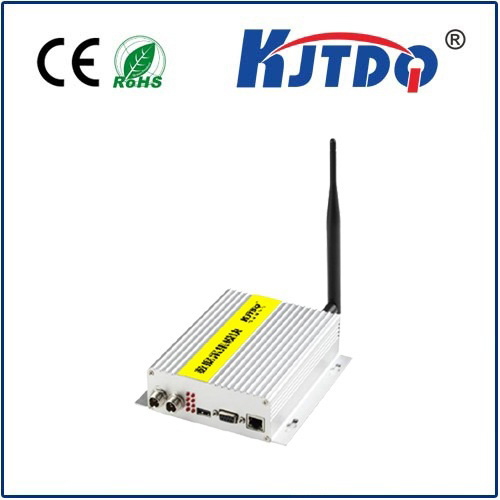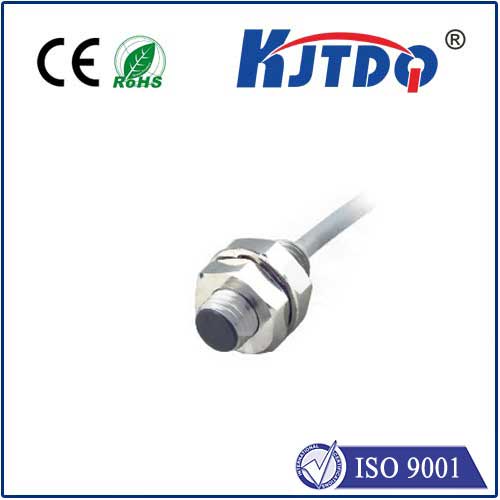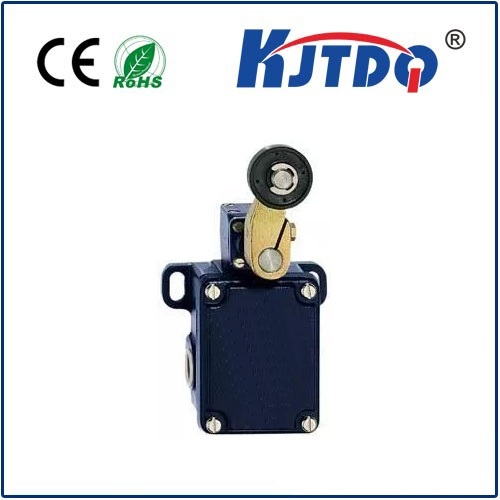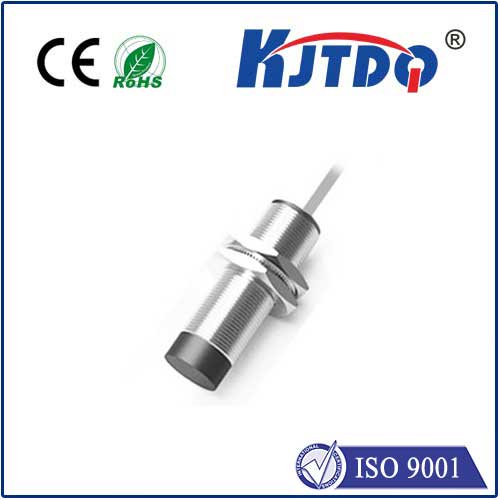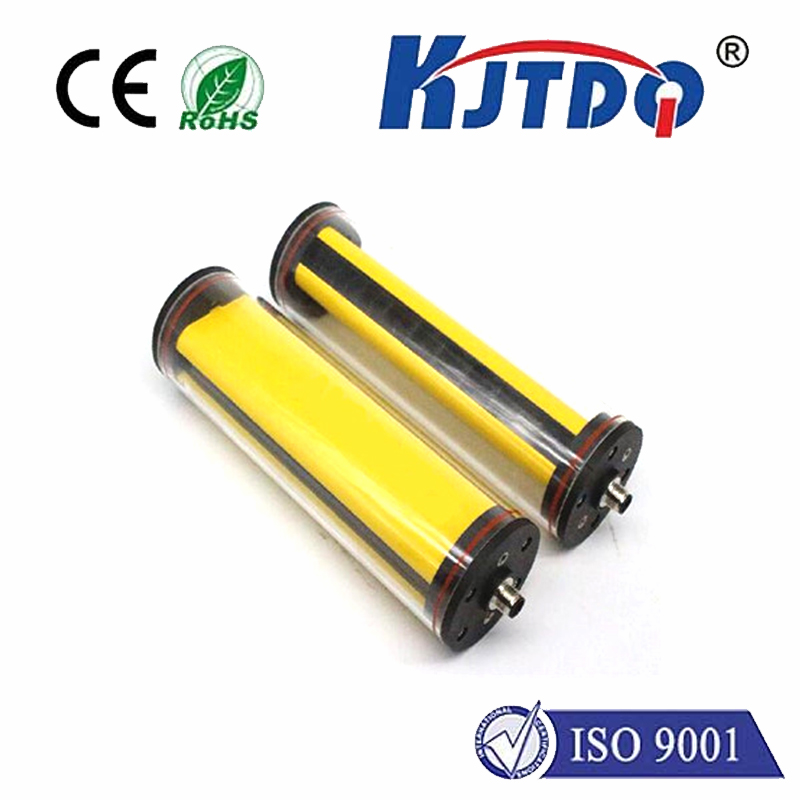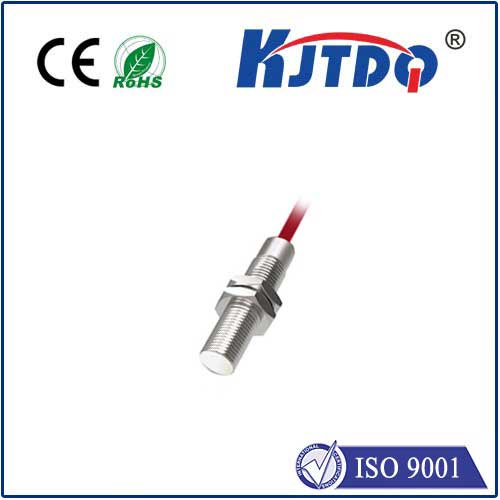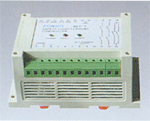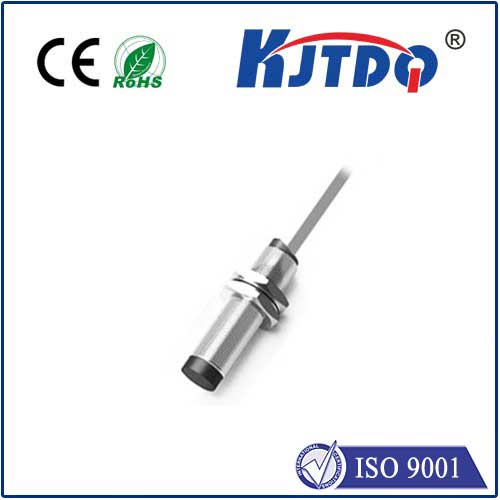
check

check

check

check
Title: Temperature Sensors: Revolutionizing the Way We Monitor Climate
Introduction
The advent of temperature sensors has transformed the way we perceive and respond to changes in our environment. These tiny electronic devices, embedded in various surfaces or used individually, have become indispensable tools for monitoring temperature and providing real-time information about climate conditions. In this article, we explore how temperature sensors are changing the world, their applications, and future possibilities.
Section 1: The Basics of Temperature Sensors
Temperature sensors, also known as thermocouples or RTDs (resistive temperature detectors), work by measuring the electrical resistance associated with a change in temperature. They come in various types and configurations, each with its unique characteristics and applications. This section provides an overview of the different types of temperature sensors available and their operating principles.
Section 2: Applications in Agriculture and Forestry
Agriculture and forestry are two sectors that heavily rely on weather conditions to ensure optimal crop growth and forest health. Temperature sensors play a crucial role in these industries by providing accurate data on temperature trends. This section discusses some of the common applications of temperature sensors in agriculture and forestry, including crop monitoring, irrigation management, and forest fire detection.
Section 3: Temperature Sensors in Building Engineering
Building engineering often involves designing systems that can withstand extreme temperatures and other environmental factors. Temperature sensors are critical components in such systems, helping to monitor and control indoor temperatures, prevent energy waste, and improve comfort levels. This section explores some of the key ways temperature sensors are used in building engineering, such as HVAC systems, cooling towers, and building automation systems.
Section 4: Temperature Sensors in Environmental Monitoring
Environmental monitoring is another area where temperature sensors have found numerous applications. From oceanography and meteorology to wildlife research and pollution detection, these devices help us understand and mitigate the impacts of climate change. This section examines some of the specific uses of temperature sensors in environmental monitoring, such as tracking sea surface temperatures, measuring atmospheric pressure, and detecting pollutant concentrations.
Section 5: Future Trends and Innovations
As technology continues to advance, the potential for temperature sensors seems limitless. Some exciting developments include the integration of IoT (Internet of Things) technology into temperature sensor networks, the creation of smart temperature sensors that can adapt to different environments, and the use of artificial intelligence algorithms to analyze sensor data more accurately. This section looks at some of these future trends and their implications for the field of temperature sensor technology.
Conclusion
Temperature sensors have revolutionized the way we understand and respond to changes in our environment. From agriculture and forestry to building engineering and environmental monitoring, these tiny devices have opened up new possibilities for monitoring and mitigating the effects of climate change. As technology continues to evolve, we can expect even more innovative applications of temperature sensors in fields ranging from medicine to space exploration.
